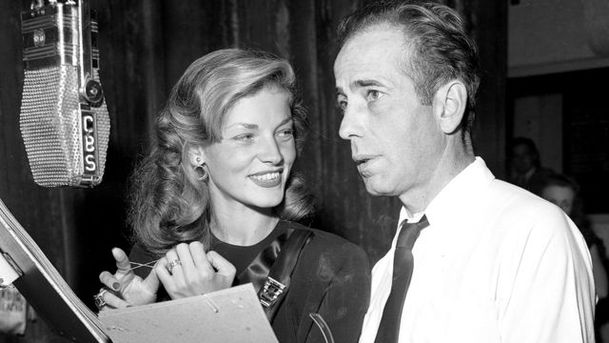Archive on 4 - Radio Hollywood

Sponsored by a well-known 'toilet soap', the Lux Theater brought the silver screen to the airwaves, with specially adapted versions of new Hollywood products including The Philadelphia Story, The African Queen and The Wizard of Oz. Professor Jeffrey Richards takes us back to the place where cinema and radio united and produced an unlikely lovechild. From its first production in 1935, The Legionnaire and The Lady with Clark Gable and Marlene Dietrich, The Lux Radio Theater strove to have the same stars as the films. Over its 19-year history, it boasted the biggest names in Hollywood - Humphrey Bogart, Ingrid Bergman, Joan Crawford, Bette Davis, Frank Sinatra, Spencer Tracy and many more. Sometimes the original players were not available, so the Theater offered audiences a glimpse of an alternative universe, as listeners discovered what these films would have been like with different actors. On a few occasions the radio version boasted a more stellar cast, for instance when Cary Grant stood in for Montgomery Clift in I Confess. At the start of each show Cecil B De Mille offered 'greetings from Hollywood', gave a short introduction to the film and told listeners a little about the stars. Twenty-five minutes later, he would turn up in the interval for some 'movie news', which was a barely-concealed advertisement for Lux and its frothy lather, and would return at the end for an informal and, of course, unscripted chat with the actors, in which they would invariably reveal their preference for a well-known toilet soap. These productions were performed live with full orchestra, and the audience's reaction was often audible, which occasionally put the actors off their lines. They also had to be half an hour shorter, and were therefore much pacier than the originals, while retaining key dialogue - so phrases like 'this is the beginning of a beautiful friendship' and 'round up the usual suspects' are still present and correct in Casablanca. But being live presented its own problems, with stars sometimes falling ill the day before, or, on one occasion, arriving at the studio 10 minutes after transmission had begun.